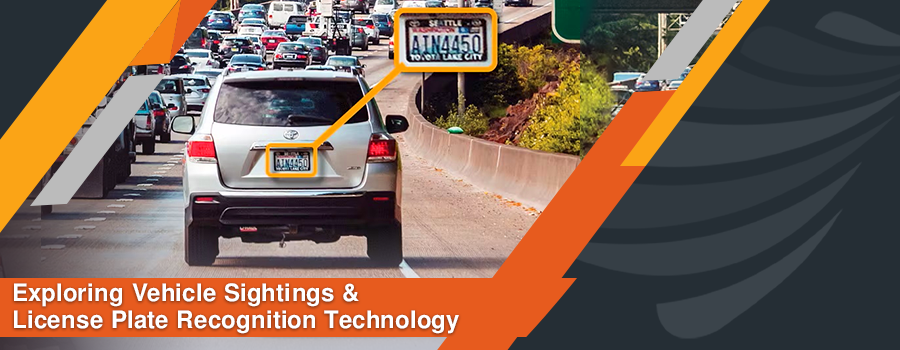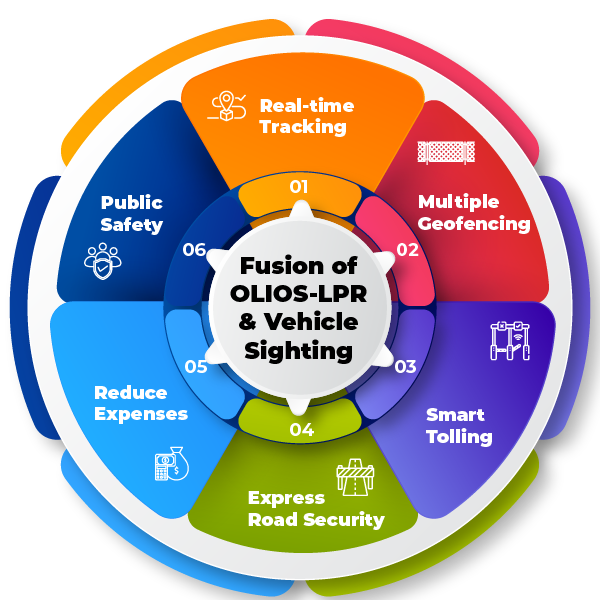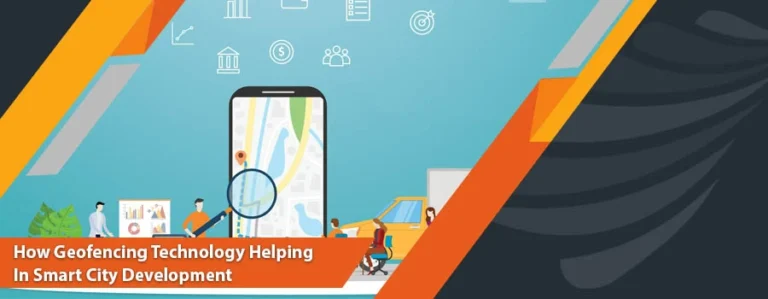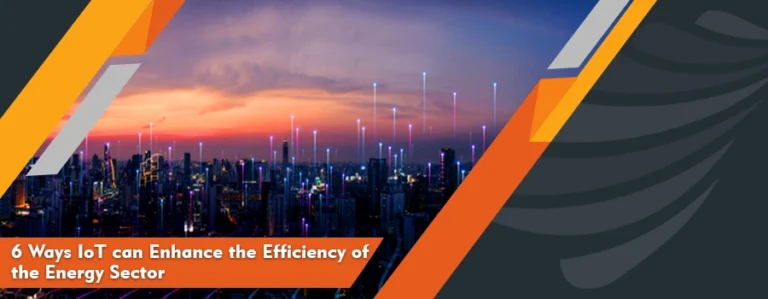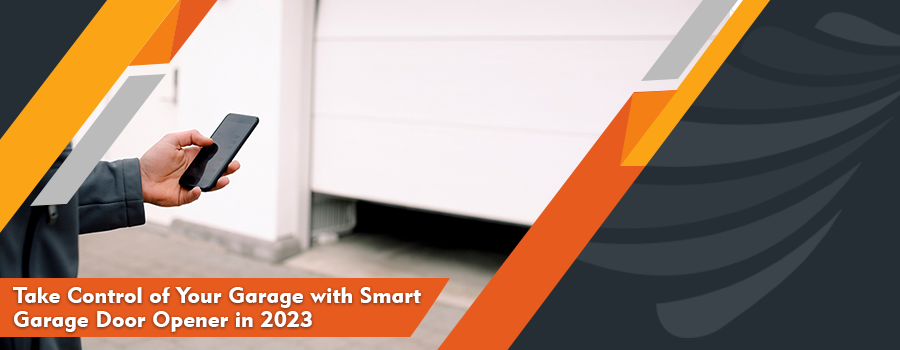Traveling has become stressful for people; they face daily traffic congestion, security concerns, parking unavailability, and location tracking difficulties. The population growth and dependency on commutes highlight the need to smartly manage parking lots, toll collection, tracking, and security.
License Plate Recognition (LPR) is gaining recognition by allowing us to enjoy our journeys without stressing about tracking, security, and parking. LPR relies on artificial intelligence, computer vision, machine learning, the Internet of Things, and cameras. Such integrations make this technology effective in providing vehicle security, traffic management, law enforcement, and asset tracking.
The most attractive application of LPR is observing vehicle sightings. Vehicle sighting data helps track vehicles, analyze patterns, and predict future risks. In this blog, we look at this technology in detail.
How Does LPR Work?
License Plate Recognition (LPR) or Automatic License Plate Recognition (ALPR) mainly relies on Optical Character Recognition (OCR) to read the characters on the license plate of the vehicles from the captured images or videos. The OCR software interprets these characters for processing and storage.
This technology comprises a camera, image processing algorithms, and a database to process and capture information.
LPR technology uses optical character recognition (OCR) to read the characters on a vehicle’s license plate. The OCR software then converts the characters into text, which can be stored and analyzed.
The details of LPR working are:
1. Image Capture
High-resolution cameras installed on roads capture video or images of the vehicle under their field.
2. Image Processing
Processing captured video or images includes noise reduction, enhancement, and contrast adjustment to improve data quality.
3. License Plate Localization
Advanced image processing algorithms help to detect license plates by considering different factors like size, shape, and color.
4. Character Segmentation
The characters on the license plate are segmented to differentiate them from the background and other elements.
5. Optical Character Recognition
The segmented characters, after segmentation, convert into readable text via OCR. The identified license plate is then cross-checked with the database to retrieve data.
6. Database Search
The identified license plate is compared with different databases such as law enforcement, parking database, customs, and insurance. This comparison helps to retrieve useful insights.
How Does OLIOS-LPR Add Value to Vehicle Tracking Solution?
Conure IT Services has introduced OLIOS-LPR, which uses a high-quality LPR system to track vehicles in real time. Its main features include a high-resolution camera, robust OCR engine, advanced machine learning algorithms for image processing, and wide field view.
The system can be deployed in different environments, such as streets, underpasses, expressways, and parking lots. Also, it works perfectly in difficult conditions like poor weather, fog, and low light. Its accuracy and reliability make it a valuable tool for vehicle tracking.
OLIOS-LPR can also integrate with other systems like security, traffic, and asset management systems, playing a key role in smart city planning. Its ability to integrate with other technologies shows its versatility and is worth considering for infrastructure development.
Fusion of OLIOS-LPR and Vehicle Sighting
The combination of OLIOS-LPR and Vehicle sighting provides wonderful opportunities:
1. Real-time Tracking
We can turn ordinary vehicle sightings into real-time tracking with LPR. It allows law enforcement officers to swiftly locate stolen or illegal vehicles. Also, they can detect vehicles present at the crime scene, enabling them to easily reach suspects with reduced investigation time.
2. Multiple Geofencing
With OLIOS-LPR, people can travel and park their vehicles securely. LPR cameras scan cars, and the system alerts the owners if the vehicles cross their set boundaries. We can readily monitor every moment of their car with a single click.
3. Smart Tolling
The installation of LPR cameras helps in building an Intelligent Transporation System. OLIOS-LPR encourages ticketless tolling to help vehicles spend less time on toll machines and avoid ticket-related fraud. Also, traffic congestion is reduced when vehicles move inflows, and people enjoy seamless rides.
4. Express Road Security
Tunnels and bridges are the areas where the traffic is in high flow. These are special structures that need maintenance. LPR can detect dangers after programming and send alerts to authorities in case of any emergency, such as an accident or truck overturn, preventing huge risks and loss of human lives.
5. Reduce Expenses
The implementation of vehicle sighting and OLIOS-LPR technology minimizes cost in different ways. The government needs fewer people on board for law enforcement, traffic management, and monitoring of illegal cars. The overall implementation strengthens the system, reducing the cost of investigating road crimes and compensating for the losses in an accident.
6. Public Safety
OLIOS-LPR tracks the vehicle moment and alerts the authorities in case of suspicious acts like someone else trying to open or drive your car. In case of any accident or criminal activity, police can arrest the offender on the spot by tracking their cars.
Success Stories of OLIOS LPR Across the Border
OLIOS-LPR has been successfully implemented in different regions worldwide, and many projects are in the planning phase.
1. Smart Parking in Dammam, Saudia Arabia
Conure collaborated with Meshkati Solutions to deploy OLIOS LPR and ParkSmart, a smart parking solution. The deployment helps to ensure the security and authorization of parked cars. The advanced algorithms of OLIOS-LPR recognize the authorized vehicles, allowing only the registered residents to gain access. This approach helps to increase the building security and also simplifies the process.
2. Enhanced Security at St. Pete Beach in Florida, USA
Conure took a challenge to transform the parking experience for beachgoers. At St. Pete Beach, it has deployed both ParkSmart and OLIOS-LPR to ensure beach security. This integration allows beachgoers to easily find highly secure parking lots, allowing families to enjoy their time without worrying about the security of their parked vehicles.
3. Parking Security at Johns Hopkins Aramco Healthcare (JHAH) in Dhahran, Saudi Arabia
Conure proudly announces its ongoing project at Johns Hopkins Aramco Healthcare (JHAH). The deployment of ParkSmart and OLIOS LPR is happening across ten parking lots with a promise to ensure high security. The integration ensures that employees and visitors can avoid the hassle of traditional parking methods with the high-end security of their parked vehicles.
Future Aspects
OLIOS-LPR can integrate with robotic process automation, virtual reality, and augmented reality—the adaptable capabilities open doors to the dynamic landscape of innovation and technology. Adherence to ethical principles and privacy safeguards allows us to experience a novel realm of creativity.
Conclusion
As a result of increasing street crimes, population, and traffic, we need to adopt a robust system that can overcome such aggregating problems. With OLIOS-LPR, we can ensure that the vehicles are continuously monitored in real time. LPR scans cars and compares them with the database to identify any unusual activity or the presence of unauthorized or illegal vehicles. Its integration with other technologies like smart parking makes it a strong tool for law enforcement and security.

